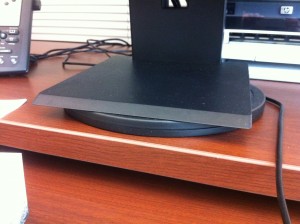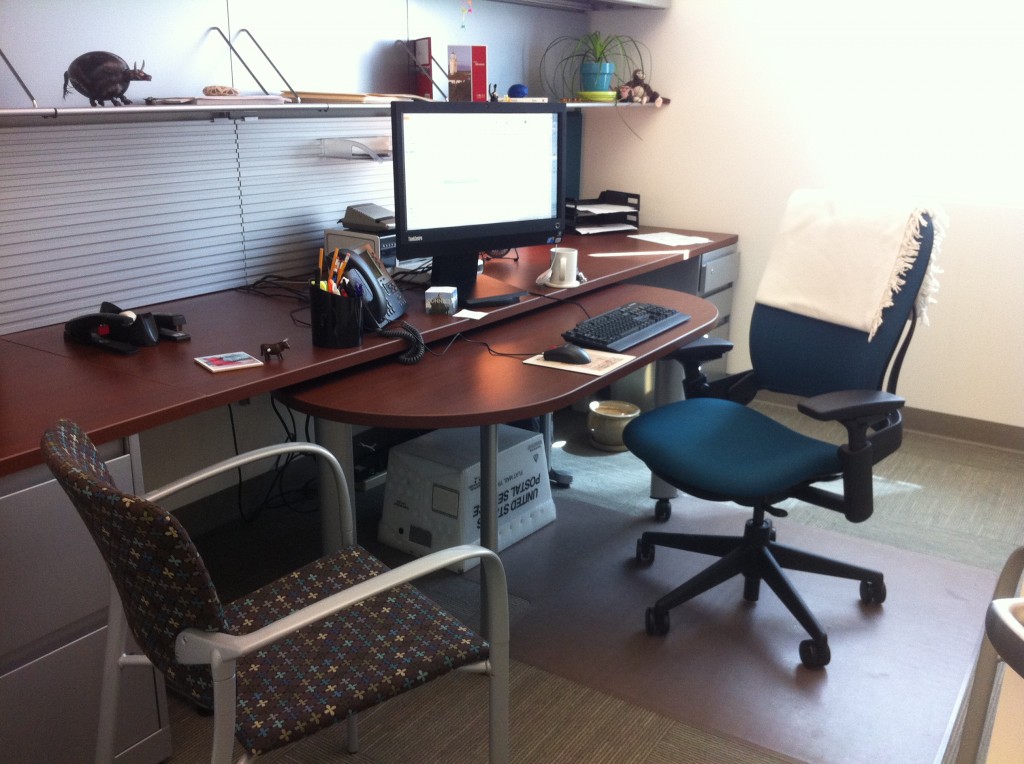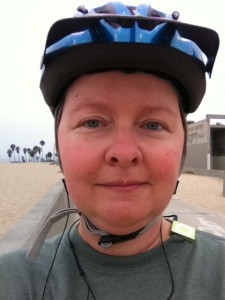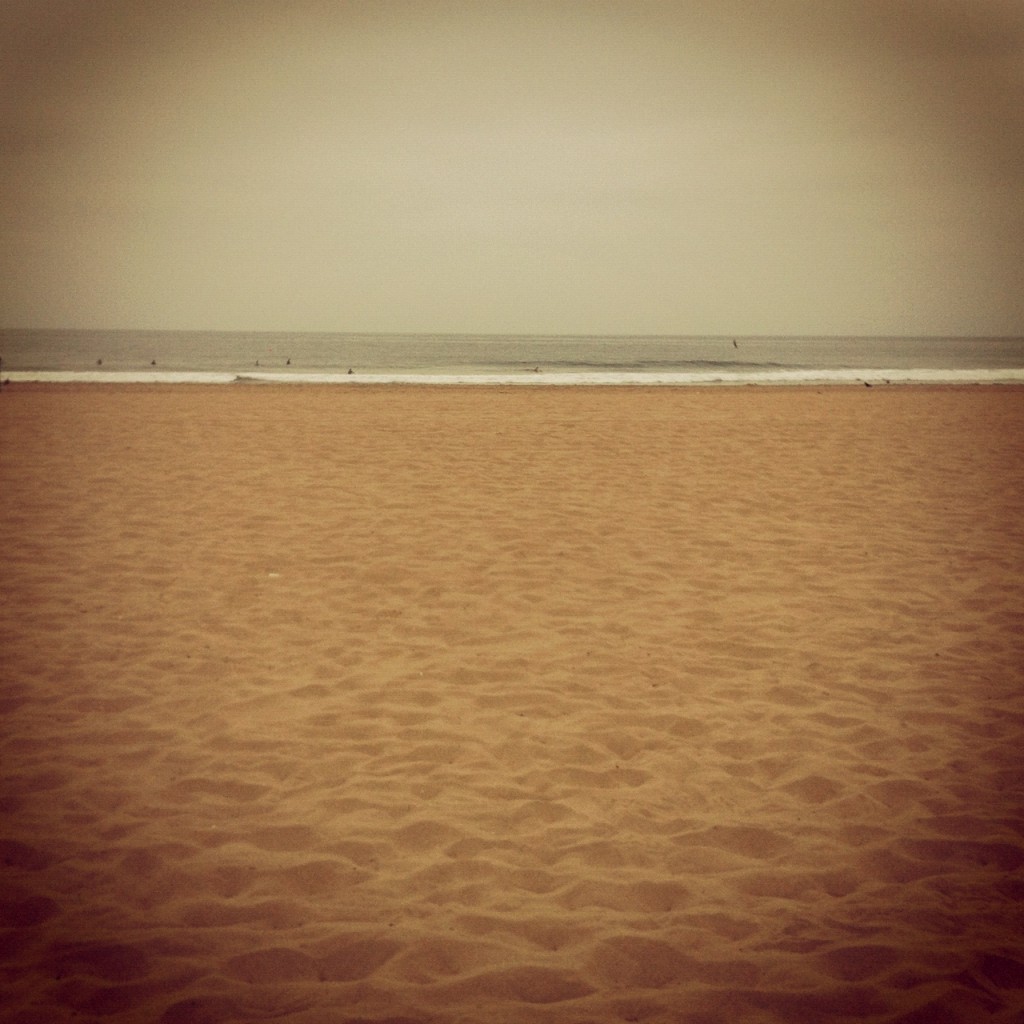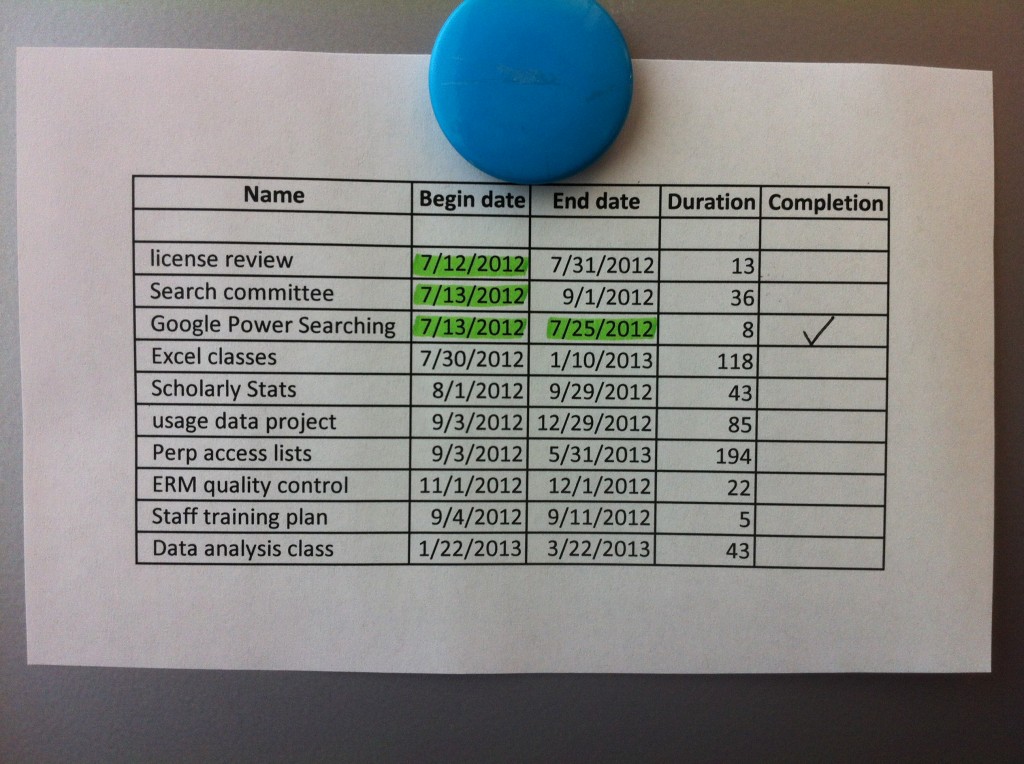My e-resources unit is frequently asked collection statistics questions. The two most popular are: how many databases do we have, and; how many journals do we have? As it turns out, these questions are surprisingly difficult to answer. Today let’s just tackle the “how many databases” question.
The databases listed on the library’s Research Databases web page aren’t all databases. Years ago, as the library began collecting databases and other e-content it needed somewhere to showcase the new and exciting access method to scholarship, so the hand-coded HTML-driven Research Databases page was born. Over time e-versions of newspapers were added to that page, as were e-encyclopedias, e-book collections, and even single title e-journals. We used to respond to the “how many databases” query by scrolling through the Research Databases page, counting each entry.
The purchase of the e-resource management system and the possibility of generating the content of the Research Databases page from that, rather than hand coding in HTML, gave us the opportunity to evaluate what was actually on the page. In 2011 the library came to terms with what content should actually be entered onto the page, creating a policy document titled: Research Databases Page Content Guidelines. I’ll paste the Guidelines at the end of this post so you can see what we grappled with. Of course there are exceptions to the rules because that’s the way this library rolls.
Our Research Databases page is much cleaner now, and this makes responding to the question of “how many” much easier to answer. We don’t scroll through anymore and count them; we’ve figured out how to query the system to get a response. It’s a work in progress, certainly, but we are headed in the right direction.
***
Here’s a link to a PDF of our Research Databases Page Content Guidelines: GUIDELINES
- The goal of the Research Databases page (http://linus.lmu.edu/search/y) is to present selected electronic resources both alphabetically and by subject in an easily comprehensible way for library users. The main use of the page is to enter databases, which we define as licensed resources that contain curated and edited content such as journal articles, newspapers, and images, suitable for academic research, selected by the library for use at LMU.
- Priority is given to resources in which we have invested money and/or licensed.
- For individual e-book titles to be listed, they must either be reference works or locally created.
- Listing e-journal vendor collections in the alphabetical list is not encouraged. They will chiefly be collected in the section of the Research Databases page called Browse Database Types / Publisher Collection.
These are the definitions of the types of resources that may be entered on the Research Databases (RD) page.
|
Type of Resource
|
Description
|
Examples
|
Eligible for the RD page
|
Exceptions (reasoning)
|
| Database/ Aggregator |
Single access point for digitized content including journals, newspapers, e-books, and other e-reference content |
- Academic Search Complete
- ProQuest Research Library
- Literature Resource Center
|
Yes
|
None |
| E-book, collection |
Product-specific access point through which a collection of e-books can be accessed |
- ebrary
- Cambridge Histories Online
- ENGnetBASE
|
Case by case
|
An e-book collection is eligible for the Research Databases page if the complete collection is not found in the catalog. |
| E-book, single title (See #3 above) |
Direct link to a single e-book; can also be searched through a host platform or e-book collection |
|
No
|
None |
| Reference works, collection |
Product-specific access point through which a collection of reference works can be accessed |
- Credo Reference
- Oxford Reference Online
- Gale Virtual Reference Library
|
Yes
|
None |
| Reference works, single title |
Direct link to an e-reference work; individual titles may also be searched through a host platform or e-book collection |
- Blackwell Encyclopedia of Sociology
- CRC Handbook of Chemistry and Physics
|
Case by Case
|
Annee Philologique (high use)
Global Books in Print (high use)
Serials Directory (high use)
Ulrichsweb (high use) |
| E-journal, collection (See #4 above) |
Product-specific access point through which a complete collection of e-journals can be accessed |
- bepress Journals
- JSTOR
- Project Muse
|
Case by Case
|
JSTOR (high use)
Project Muse (high use)
SAGE Journals Online (high use)
Science Direct (high use)
Emerald (high use) |
| E-journal, single title |
Direct link to a single e-journal; can also be searched through a host platform or e-journal collection. |
|
No
|
CQ Researcher (high use) |
| Newspaper, collection |
Product-specific access point through which a collection of newspapers can be accessed |
- Newspaper Source
- ProQuest Historical Newspapers
|
Yes
|
None |
| Newspaper, single title |
Direct link to a single newspaper; can also be searched through a host platform or newspaper collection |
|
No
|
None |
| Free Internet resource |
Web-based database freely available on the Web |
|
TBD
|
For future discussion |



